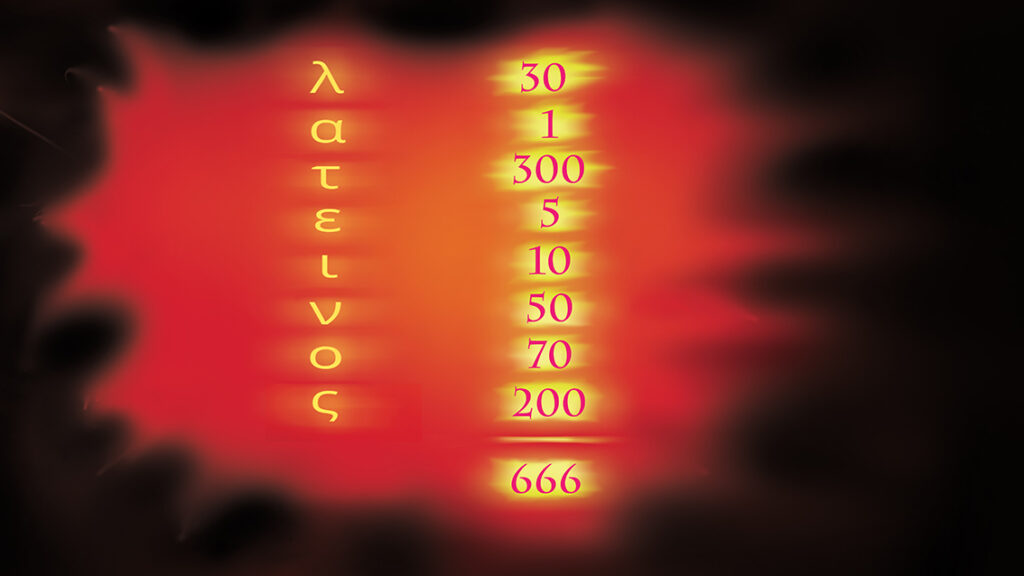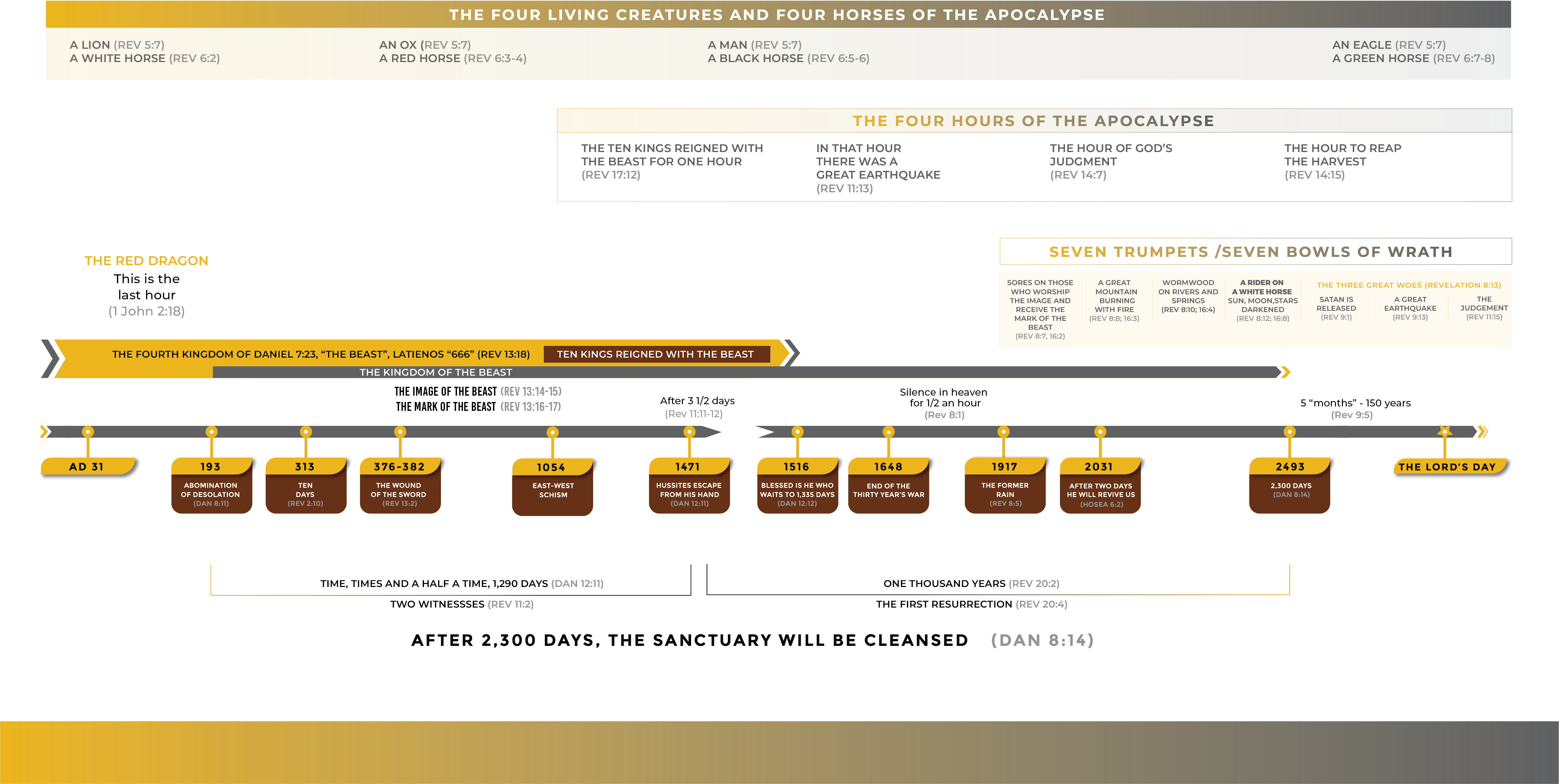
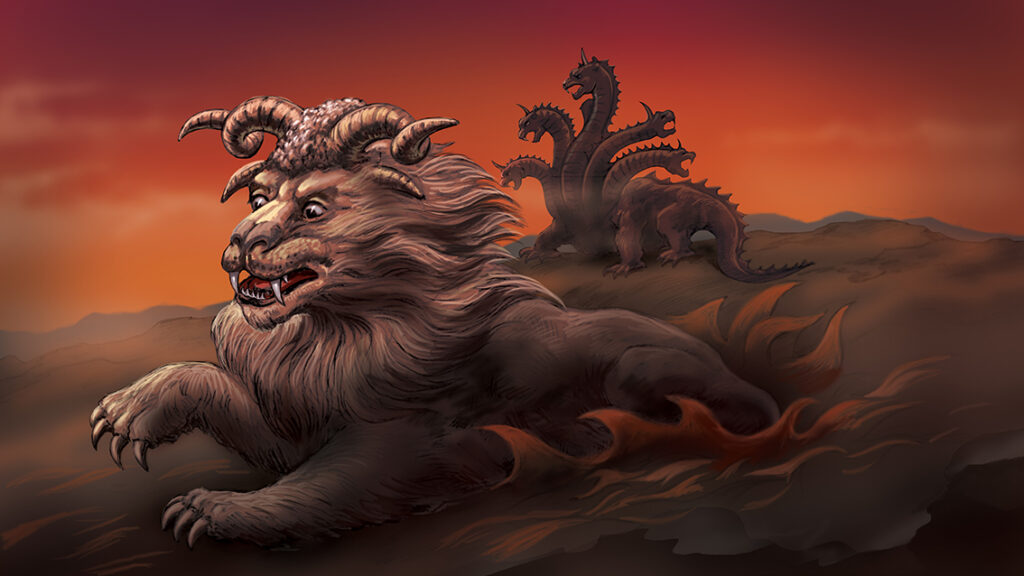
27. THE FALSE PROPHET
In his Epistles, the apostle John attacked those who said the Spirit of Christ was the spirit of God, making Jesus to be God Himself. John called this “the spirit of the antichrist.”1 John 4:3
In A.D. 150, Justin Martyr told the Roman Emperor that there was another spirit, a third spirit, called the Spirit of Prophecy who was born on the waters in Gen 1:2.1 Justin said that Him we also “worship and adore.”2
In 193, the bishop of Rome who excommunicated the Churches of Asia, said these three spirits were one and the same person.3
Tertullian, in his tract, “Against Praxeas,” attacked the bishop for his new doctrine, and letter of “peace” to the Churches of Asia.
Tertullian said, “Praxeas did a twofold service for the devil at Rome: he drove away prophecy, and he brought in heresy; he put to flight the Paraclete, and he crucified the Father.”4
He even causes fire to come down from heaven in the sight of men.
Revelation 13:13
In his tract, Tertullian said the three spirits were not one and the same, but they were of “one substance,” which he called “a Trinity.”5
In Revelation 13, John described two beasts. The first was like the combination of three animals: a lion, a leopard, and a bear.Rev 13:2 The second beast had the power to perform great signs. It caused those who dwell on the earth to make an image of the first beast that had the wound of the sword and lived, and it caused the image of the beast to speak and cause as many as would not worship the image to be killed.Rev 13:13-15
The wound of the sword to the Roman Empire came by the Gothic War of 376 to 382. In 381, the Trinity doctrine was established—the image of a three-animal God. John said, “He even causes fire to come down from heaven in the sight of men.”Rev 13:13 This referred to the miracle that Elijah performed to prove that Israel’s God was the true God.2 Kgs 1:12 But now, fire from heaven would cause “all those who dwell on the earth” to worship Tertullian’s Trinity.
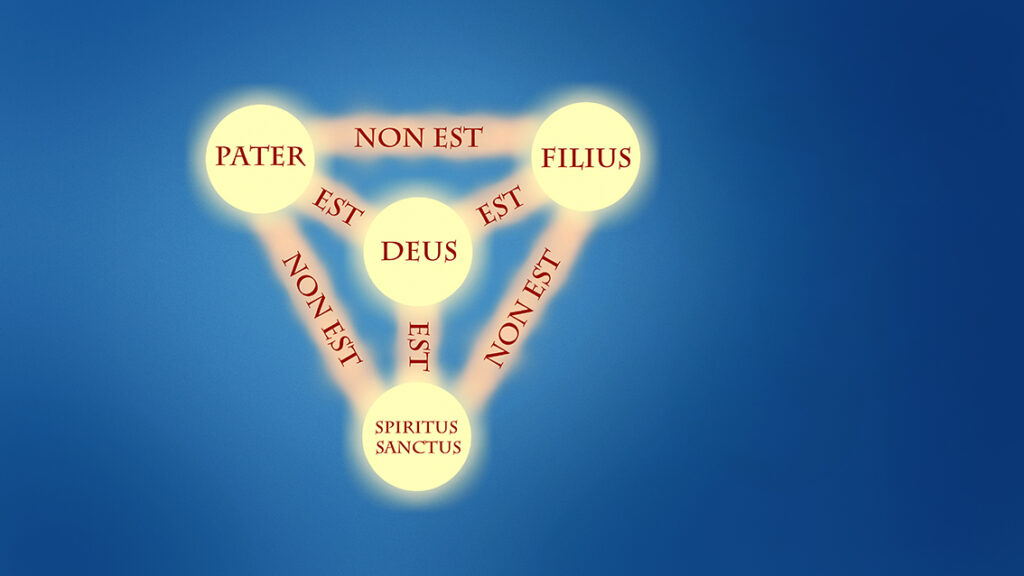
28. The Image of the Beast
The apostle John said that the false prophet “deceived those who dwell on the Earth to make an image of the beast who had the wound of the sword and came to life.”Rev 13:14 The beast was described as a combination of three animals: “like a leopard, his feet like the feet of a bear, and his mouth like the mouth of a lion.”Rev 13:2
God is love, and His image was glorified on the cross, but the idolatrous image of the beast was the image of three animals. In Hosea, God said, “They should have known that I am God… Therefore … I will be to them like a lion, like a leopard by the road I will lurk, I will meet them like a bear.”Hos 13:4-8
John said the false prophet would “even cause as many as would not worship the image to be killed.”Rev 13:15 Arius was a presbyter who opposed the Trinity. Emperor Constantine said that anyone who protected the writings of Arius would be killed. In the next three centuries, the Trinitarian states of Europe attacked the states that sided with Arius, believing that the “Trinity God” would help them win.
And it was given to him to give breath to the image of the beast, so that the image of the beast would even speak and even cause as many as would not worship the image to be killed.
Revelation 13:15
From 600 to 700, Muhammad easily overthrew the Christian Arab states and rebuked them for forsaking the monotheism of their forefathers.
From 1096 to 1487, the Crusades of the pope tried to regain the Holy Land from Islam. Daniel said that the king of the north would act against the strongest of fortresses with the help of a god his fathers did not know.
In 1198, Pope Innocent III decreed: “Anyone who attempts to construe a personal view of God that conflicts with church dogma must be burned without pity.”6
The deaths continued during the Reformation, when Michael Servetus, the Spanish theologian, who opposed the Trinity, was burned on his own books, by the Protestants.
29. The Mark of the Beast
Exod 13:9, Dan 6:1-27, Dan 7:25, Rev 13:16-17
The meaning of the mark of the beast can be found in the Book of Daniel. In Chapter 6, Daniel tells us about the law that cannot be changed. In Chapter 7, he says the beast would “intend to change time and law.”Dan 7:25
The laws that cannot be changed are the Ten Commandments. In Acts 15, the apostles said that the Gentiles did not need to keep the law of Moses, but no one questioned the Ten Commandments. Paul said, “Circumcision is nothing, and uncircumcision is nothing, but the keeping of God’s commandments is what matters.”1 Cor 7:19 In his Epistles, John said that those who love God keep His commandments.1 John 5:3
It shall serve to you as a sign on your forehead and a reminder on your hand that the law of the Lord may be in your mouth.
Exodus 13:9
In the Book of Revelation, John told us that the beast would cause “all, both small and great, rich and poor, free and slave, to be given a mark on the right hand or forehead.”Rev 13:16 These different economic groups reflected different abilities to rest on the Sabbath day. In John’s time, a Gentile slave could not rest on the Sabbath day unless his master allowed it.
The meaning of the right hand and forehead can be found in Deuteronomy: “You shall bind [the commandments of God] as a sign in your hand, and they shall be as frontlets between your eyes.”Deut 6:8 This was first commanded in Exod 13:9 — “It shall serve to you as a sign on your forehead and a reminder on your hand that the law of the Lord may be in your mouth.”
In the 4th century, the Catholic Church forbid rest on the Sabbath day and required everyone to rest on Sunday instead. John said, “No one will be able to buy or sell except the one who has the mark, either the name of the beast or the number of his name [on his forehead or his right hand].”Rev 13:17 In other words, no one can do business on the Sabbath day unless he has letters adding up to 666. The same kind of double-negative expression can be found in Rev 9:4 — “The locusts were told not to hurt … any tree except the men who do not have the seal of the living God on their foreheads.”
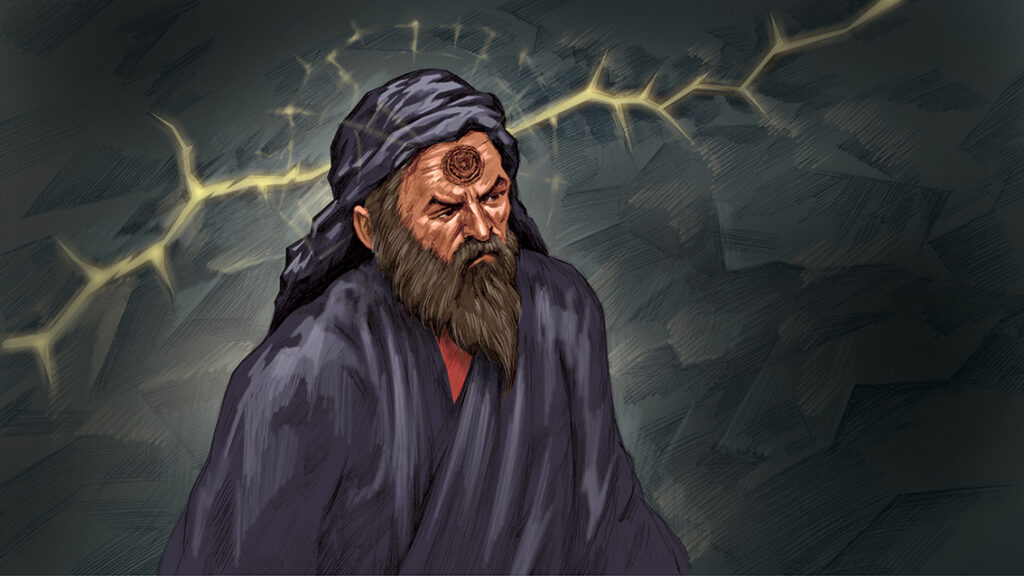
30. The Number of the Beast
In Rev 13:18, John gives us the number of the name of the beast, saying, “Here is wisdom. Let him who has understanding calculate the number of the beast, for the number is that of a man, and the number is 666.”Rev 13:8
In the Greek language, every letter is a number. John asked his readers to add up the letters of the name of a man. The Greek word that John used for “man” was anthropos, from which we get “anthropology,” meaning race or species. The Greek word aner refers to a particular male person.
Many have tried to come up with a response to John’s challenge with English or Latin letters, but John was writing to Greek-speaking readers in the seven churches of Asia. He expected them to add the name using Greek letters, and they did.
Here is wisdom. Let him who has understanding calculate the number of the beast, for the number is that of a man, and the number is 666.
Revelation 13:18
The anthropos or race that John was describing was the Lateinos, the Latins. The letters of the Lateinos add up to 666. The Lateinos was the solution given by Bishop Irenaeus in A.D. 180. He was born in A.D. 130 in Smyrna, one of the seven churches mentioned in the Book of Revelation.
Bishop Irenaeus said, “Then also ‘Lateinos’ has the number six hundred and sixty-six; and it is a very probable [solution], this being the name of the last kingdom [of the four seen by Daniel]. For the Latins are they who at present bear rule: I will not, however, make any boast over this.”7
Lateinos can describe the pope, Latin Christianity, and the three Latin-speaking states of France, Spain, and Italy, which were “subdued” by the little horn, as described in Dan 7:8.
